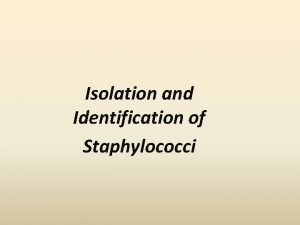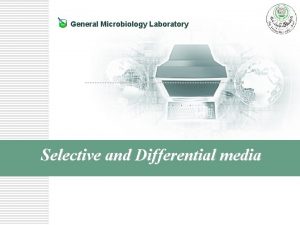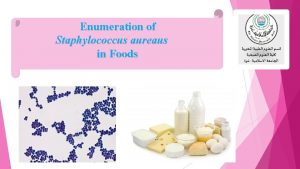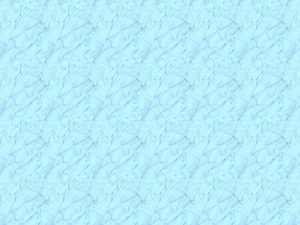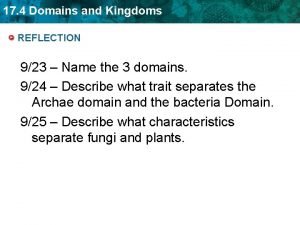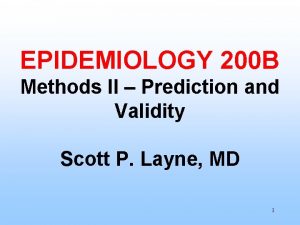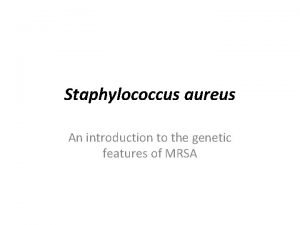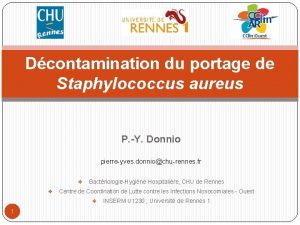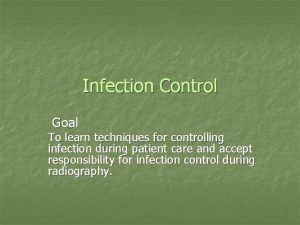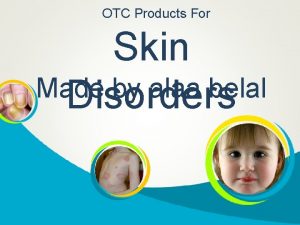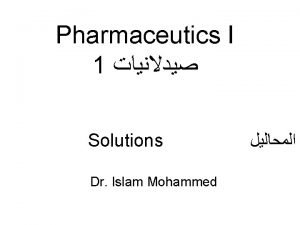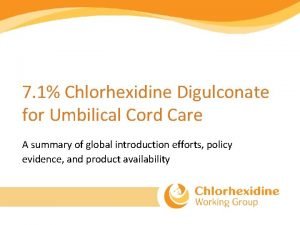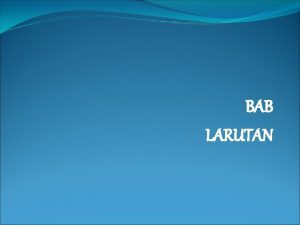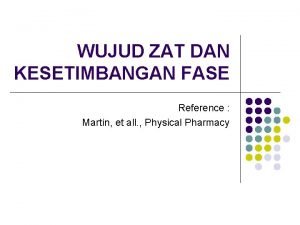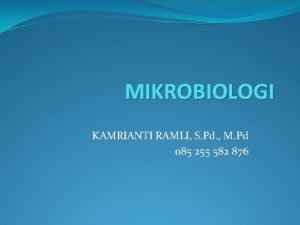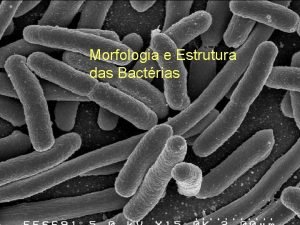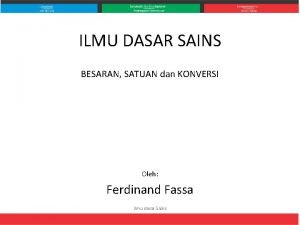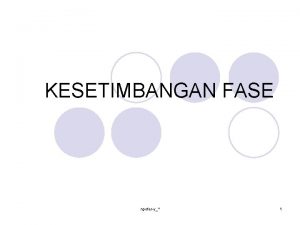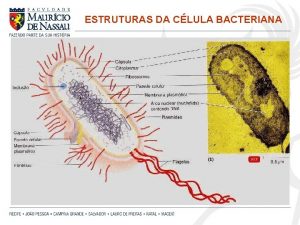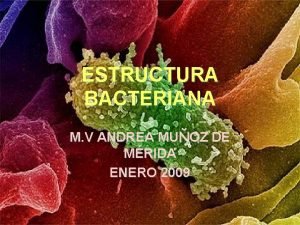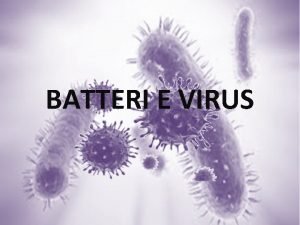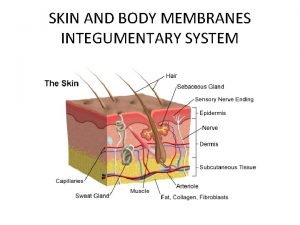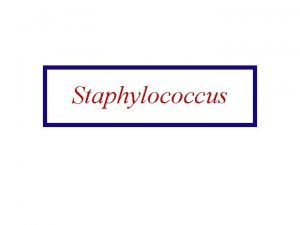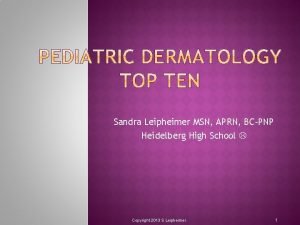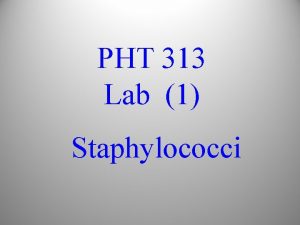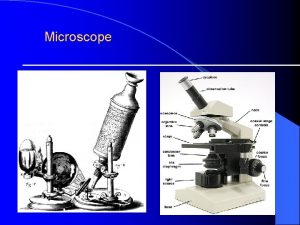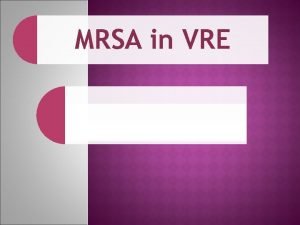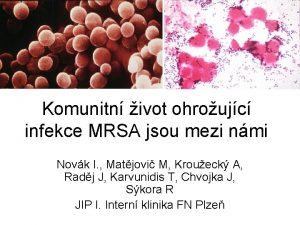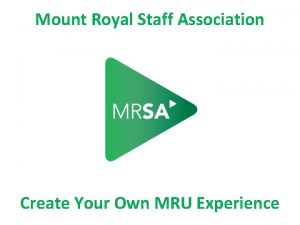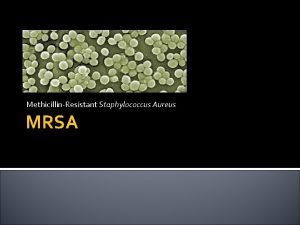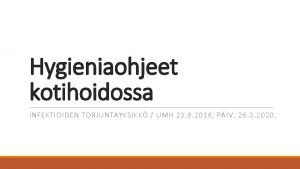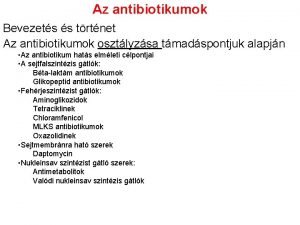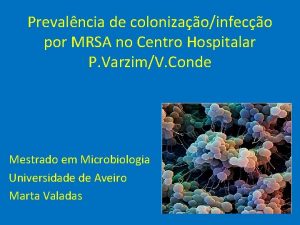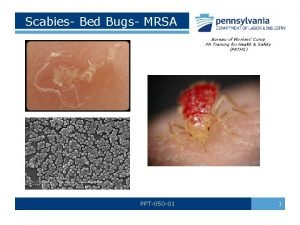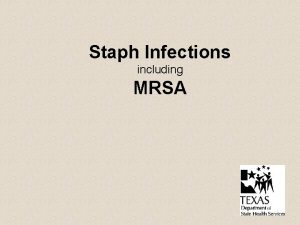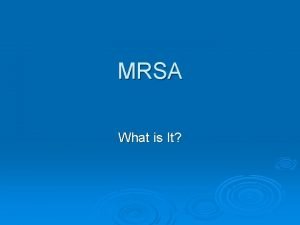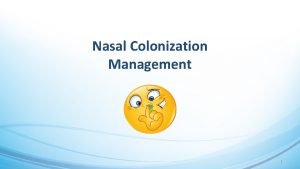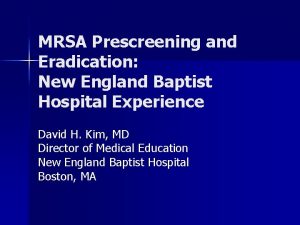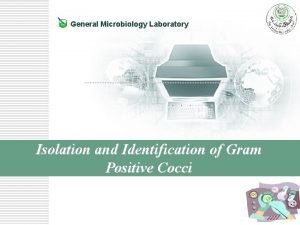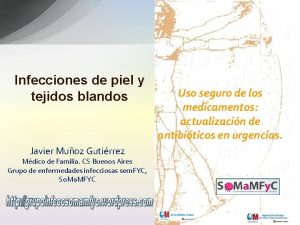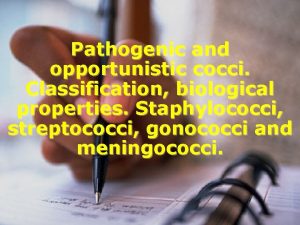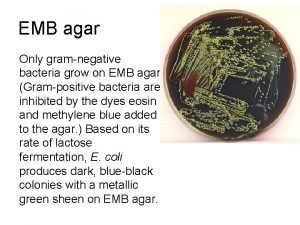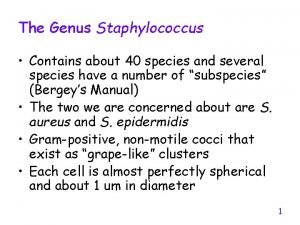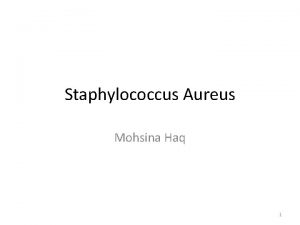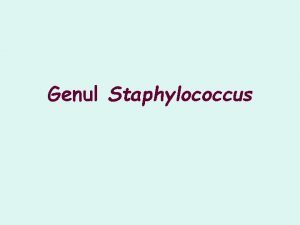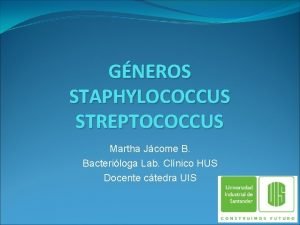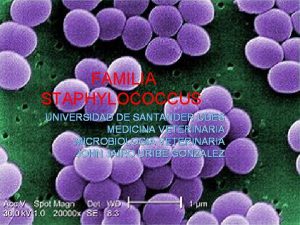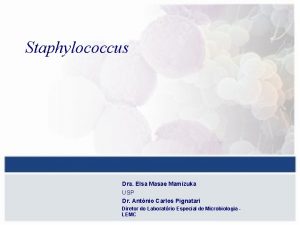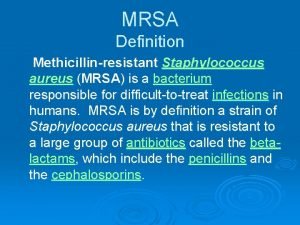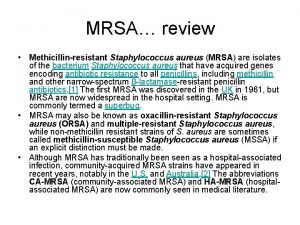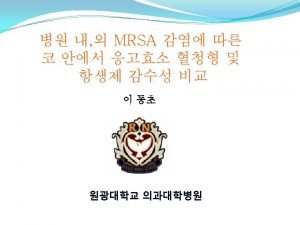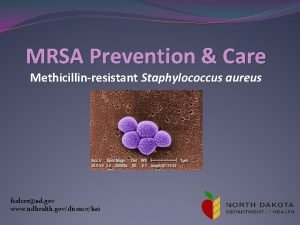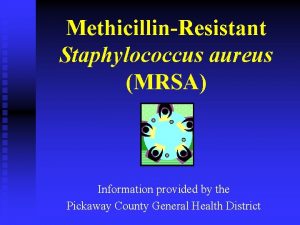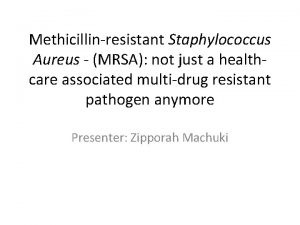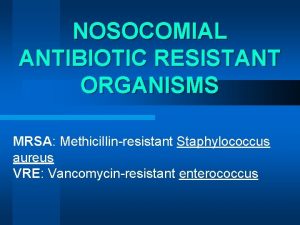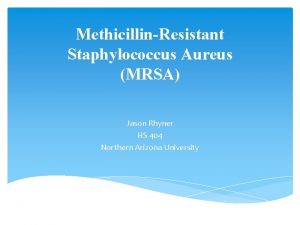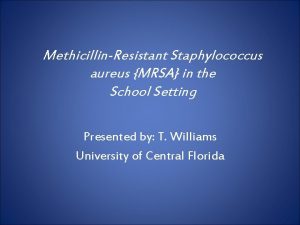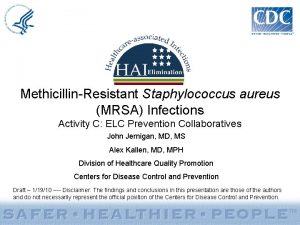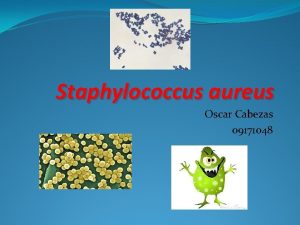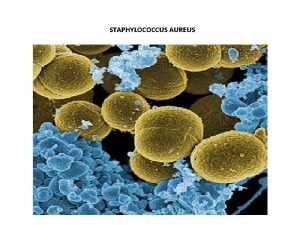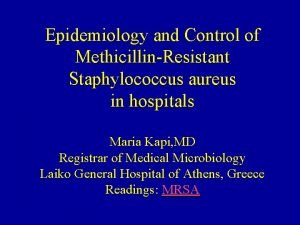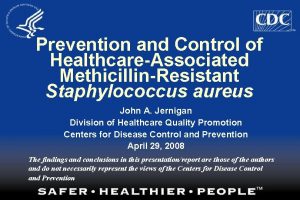Gram methicillinresistant staphylococcus aureus MRSA Chlorhexidine Indications for




























































- Slides: 60














尚有爭議部份 • 二、洗掉短暫停留在手上的革蘭(Gram) 氏陽性細菌(methicillin-resistant staphylococcus aureus, MRSA), Chlorhexidine之效果比肥皂水好。

























Indications for handwashing and hand antisepsis A. Wash hands with soap and water when visibly dirty or contaminated with proteinaceous material, or visibly soiled with blood or other body fluids, or if exposure to potential spore-forming organisms is strongly suspected or proven(IB) or after using the restroom (II).

Indications for handwashing and hand antisepsis B. Preferably use an alcohol-based hand rub for routine hand antisepsis in all other clinical situations described in items Ca to Cf listed below if hands are not visibly soiled (IA). Alternatively, wash hands with soap and water (IB)

Indications for handwashing and hand antisepsis C. Perform hand hygiene: a. before and after having direct contact with patients (IB); b. after removing gloves (IB); c. before handling an invasive device (regardless of whether or not gloves are used) for patient care (IB); d. after contact with body fluids or excretions, mucous membranes, non-intact skin, or wound dressings (IA); e. if moving from a contaminated body site to a clean body site during patient care (IB); f. after contact with inanimate objects (including medical equipment) in the immediate vicinity of the patient (IB);

Indications for handwashing and hand antisepsis D. Wash hands with either plain or antimicrobial soap and water or rub hands with an alcohol-based formulation before handling medication and preparing food (IB) E. When alcohol-based hand rub is already used, do not use antimicrobial soap concomittently (II).

細菌的反撲 • • 含有酒精的洗手液可被Bacillus cereus spores所污染。 Chlorhexidine : *可被Serratia marcescens所污染。 *MRSA會有抗性。






洗手政策參考書目 • • • Garner JS, Favero MS: CDC Guideline for Handwashing and Hospital Environmental Control, 1985. Infect Control Hosp Epidemiol 1986; 7(4): 231 -235 Larson E, and the Association for Professionals in Infection Control and Epidemiology: APIC Guideline for Handwashing and Hand Antisepsis in Health Care Settings. J Infec Control 1995; 23(4): 251 -269 Garner JS, the Hospital Infection Control Practices Advisory Committee: Guideline for isolation Precautions in Hospitals. Infect Control Hosp Epidemiol 1996; 17(1): 53 -80 Wenzel R, Brewer T, Butzler JP: A Guide to Infection Control in the Hospital, An official publication of the International Society for Infectious Diseases(ISID) Second Edition 2002 Boyce JM, Pittet D: Guideline for hand hygiene in health-care settings: recommendations of the Healthcare Infection Control Practices Advisory Committee and the HICPAC/SHEA/APIC/IDSA Hand Hygiene Task Force. MMWR 2002; 51: N 0. RR-16 WHO Guidelines on Hygiene in Health Care (Advanced Draft): A Summary. 2005


• For general patient care, a plain nonantimicrobial soap is recommended in any convenient form (bar, leaflets, liquid, powder). ---If bar soap is used, small bars that can be changed frequently and soap racks that promote drainage should be used.

三氯沙( Triclosan) • • Triclosan (chemical name 2, 4, 4’–trichloro -2’-hydroxydiphenyl ether) is a nonionic, colourless substance that was developed in the 1960 s. Concentrations ranging from 0. 2% to 2% have antimicrobial activity.

三氯沙( Triclosan) • In 1994, the FDA TFM tentatively classified triclosan up to 1% as a Category IIISE active agent (insufficient data to classify as safe and effective for use as an antiseptic handwash)

三氯沙( Triclosan) • • A few reports suggest that providing HCWs with a triclosan-containing preparation for hand antisepsis has led to decreased infections caused by MRSA. Triclosan’s lack of potent activity against Gramnegative bacilli has resulted in occasional reports of contaminated triclosan.






 Staphylocoque haemolyticus
Staphylocoque haemolyticus Fastidious organisms
Fastidious organisms Staphylococcus aureus?
Staphylococcus aureus? Confirmatory test for staphylococcus aureus
Confirmatory test for staphylococcus aureus Enzymes of staphylococcus aureus
Enzymes of staphylococcus aureus Staphylococcus aureus
Staphylococcus aureus Staphylococcus aureus vs streptococcus pyogenes
Staphylococcus aureus vs streptococcus pyogenes 4 domains of life
4 domains of life Staphylococcus
Staphylococcus Prokaryotic cell wall
Prokaryotic cell wall Conjugation reproduction
Conjugation reproduction Staphylococcus aureus
Staphylococcus aureus Staphylococcus aureus bacteria structure
Staphylococcus aureus bacteria structure Portage staphylococcus aureus
Portage staphylococcus aureus Staphylococcus aureus cocci or bacilli
Staphylococcus aureus cocci or bacilli Nitrate reduction test staphylococcus aureus
Nitrate reduction test staphylococcus aureus Ectomethrine
Ectomethrine Chlorpheniramine maleate oral solution usp
Chlorpheniramine maleate oral solution usp Chlorhexidine
Chlorhexidine 30 gram asam asetat (bm=60) dilarutkan dalam 45 gram air
30 gram asam asetat (bm=60) dilarutkan dalam 45 gram air Fase formula
Fase formula Bakteri gram positif dan negatif
Bakteri gram positif dan negatif Bactérias gram positivas e gram negativas
Bactérias gram positivas e gram negativas Stoichiometry: mole-mole problems
Stoichiometry: mole-mole problems Buktikan rumus rumus berikut benar secara dimensi
Buktikan rumus rumus berikut benar secara dimensi 20 gram fenol dicampur dengan 30 gram air
20 gram fenol dicampur dengan 30 gram air Anfitríquio
Anfitríquio Flagelo
Flagelo Eubatteri
Eubatteri Streptococcus aureus
Streptococcus aureus Staph aureus morphology
Staph aureus morphology Streptococcus aureus
Streptococcus aureus White
White Micrococcus luteus on msa
Micrococcus luteus on msa Mrsa prenos
Mrsa prenos Mrsa infekce
Mrsa infekce Mru collective agreement
Mru collective agreement Mrsa wound
Mrsa wound Rakkopistokatetri
Rakkopistokatetri Mrsa meddig fertőz
Mrsa meddig fertőz Ca mrsa
Ca mrsa Mrsa de centro
Mrsa de centro Mrsa
Mrsa What is mrsa in medical terms
What is mrsa in medical terms Mrsa
Mrsa Mrsa
Mrsa Mrsa
Mrsa Nozin mrsa
Nozin mrsa Dr david kim new england baptist
Dr david kim new england baptist Staphylococcus blood agar
Staphylococcus blood agar Staphylococcus prokaryotic or eukaryotic
Staphylococcus prokaryotic or eukaryotic Gram positive catalase positive cocci
Gram positive catalase positive cocci Tmp smx dosis pediatrica
Tmp smx dosis pediatrica Staphylococcus
Staphylococcus Staphylococcus epidermidis on emb agar
Staphylococcus epidermidis on emb agar Teukoka
Teukoka Classification of staphylococcus
Classification of staphylococcus Testul coagulazei
Testul coagulazei Rebecca lancefield classification of streptococcus
Rebecca lancefield classification of streptococcus Universidad udes
Universidad udes Coagulase
Coagulase
